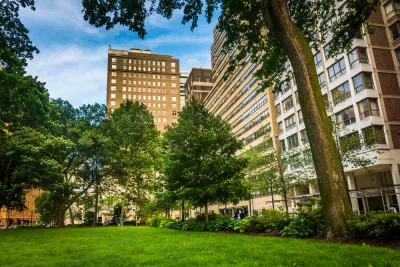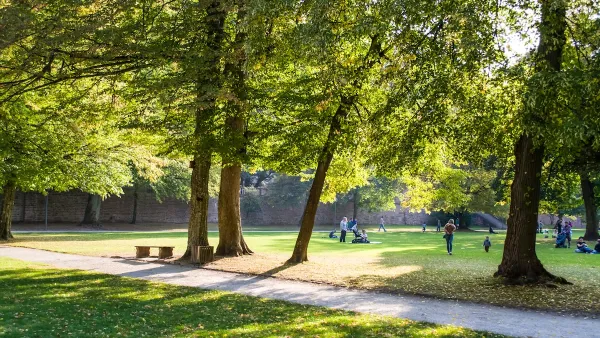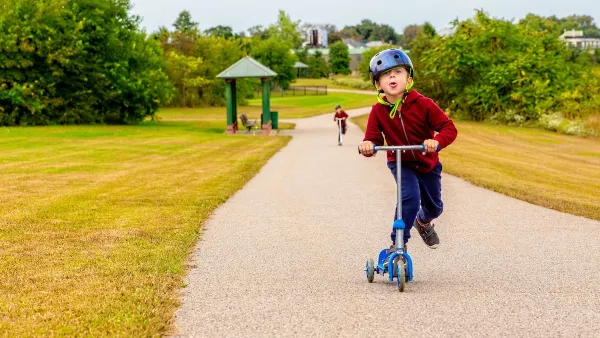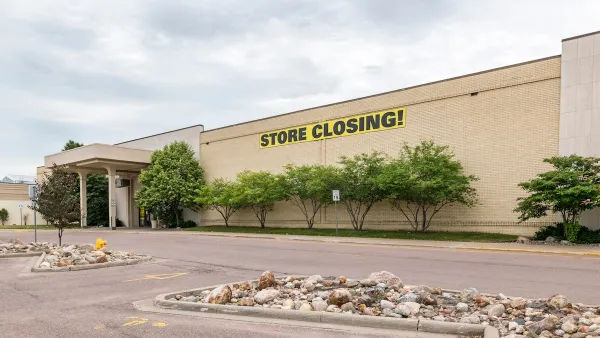The 2022 ParkScore finds that cities are increasingly employing green space as a tool for mitigating heat and extreme weather effects, but the distribution of parks remains inequitable.

A blog post from the Trust for Public Land outlines the importance of urban parks in slowing and mitigating the effects of climate change. “Many American cities have committed to slashing carbon emissions. Increasingly, they are also trying to make themselves more resilient, adapting streetscapes and green spaces to counter the worst effects of extreme heat and violent storms.” The blog calls parks a vital component of this effort. “Green space has the power to lower air temperature and absorb floodwater and can be designed in a way that enhances those benefits. That’s especially important for disadvantaged communities, whose vulnerable populations are most at risk as the Earth warms.”
The blog highlights key findings of their 2022 ParkScore® index, including that “Eighty-five percent of cities are adapting parks and recreation facilities to address climate change” and “Seventy-seven percent are enlisting parks to counter urban heat.”
The analysis also uncovered inequities in park distribution. “Our analysis found that the neighborhoods where most residents identify as people of color have access to an average of 43 percent less park acreage than mostly white neighborhoods.”
The blog concludes that more investment is needed to combat climate change and protect the most vulnerable communities. “Congress, state governments, and city councils all must redouble efforts to finance green infrastructure in order to protect communities—especially those that need parks most.”
FULL STORY: 2022 ParkScore report reveals the power of parks to address climate change

National Parks Layoffs Will Cause Communities to Lose Billions
Thousands of essential park workers were laid off this week, just before the busy spring break season.

Retro-silient?: America’s First “Eco-burb,” The Woodlands Turns 50
A master-planned community north of Houston offers lessons on green infrastructure and resilient design, but falls short of its founder’s lofty affordability and walkability goals.

Delivering for America Plan Will Downgrade Mail Service in at Least 49.5 Percent of Zip Codes
Republican and Democrat lawmakers criticize the plan for its disproportionate negative impact on rural communities.

Test News Post 1
This is a summary

Test News Headline 46
Test for the image on the front page.

Balancing Bombs and Butterflies: How the National Guard Protects a Rare Species
The National Guard at Fort Indiantown Gap uses GIS technology and land management strategies to balance military training with conservation efforts, ensuring the survival of the rare eastern regal fritillary butterfly.
Urban Design for Planners 1: Software Tools
This six-course series explores essential urban design concepts using open source software and equips planners with the tools they need to participate fully in the urban design process.
Planning for Universal Design
Learn the tools for implementing Universal Design in planning regulations.
EMC Planning Group, Inc.
Planetizen
Planetizen
Mpact (formerly Rail~Volution)
Great Falls Development Authority, Inc.
HUDs Office of Policy Development and Research
NYU Wagner Graduate School of Public Service





























